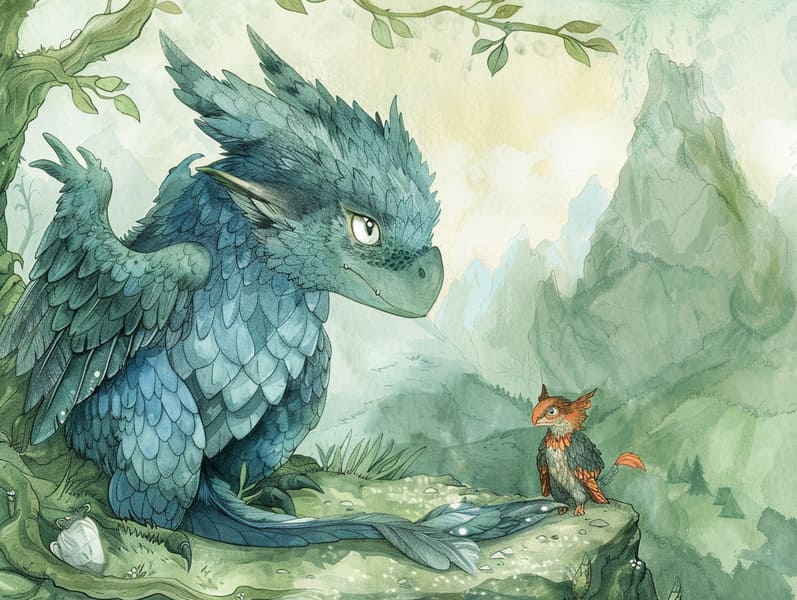The Dawn of Timeless Fairy Tales with Their Unwavering Beauty.
The Dawn of Timeless Fairy Tales with Their Unwavering Beauty.
Blog Article

Grimm's fairy tales have deep roots. These tales have been recounted from one generation to the next well before they were ever put on paper. They came from a variety of traditions, including Eastern traditions. They were initially disseminated among older generations, often carrying themes and messages concerning the societal norms and beliefs of the time.
The Brothers Grimm, Jacob and Wilhelm (the Grimm brothers), were among the first to collect many of these beloved fairy tales. Their compilation, "Grimm's Fairy Tales," included tales like "The Story of Cinderella," "Hansel and Gretel," and "The True Story of Snow White," which have since become essentials in the world of famous fairy tales. Similarly, Hans Andersen's fantastical stories, such as "The Sea Maid," and "The Ugly Duckling," have floated into hearts worldwide, establishing their place in the pantheon of beloved fairy tales.
Despite being ancient, classic fairy tales remain as impactful as ever, especially as children's bedtime stories. These enchanting tales are now available in diverse formats, including vividly illustrated books, magical animations, and web-based fairy tales.
Their continued relevance can be credited to several captivating elements:
Moral Lessons: Traditional fairy tales often offer important moral lessons. Fairy tales like "The Story of the Boy Who Cried Wolf" teach the significance of truth, while "The Tale of the Tortoise and the Hare" stress the merits of determination and unpretentiousness. These stories offer the young clear distinctions between ethical and unethical, shaping their moral compass in a soft yet impactful way.
Sympathy and Perception: Ancient fairy tales frequently involve heroines facing obstacles and hardships, stimulating young listeners to comprehend with their struggles and encourage their triumphs. For instance, "Beauty and Her Beast" highlights the benefit of looking deeper to recognize the inner self of a soul, enhancing tenderness and understanding.
Cultural Perception: Many traditional fairy tales are steeped in the cultural contexts from which they came. Exploring these stories can provide fascinating glimpses into different societies, nurturing a sense of cultural appreciation and comprehension.
Inventiveness and Imagination: The magical elements in fairy tales—wizardry and magic—inspire children’s dreams. These tales carry readers to supernatural realms, provoking inventive dreams and a sense of delight that persists a lifetime.
Timeless fairy tales are not only delightful but also didactic. They function as magical tools in strengthening various brain and heart skills in young ones. When traditional fairy tales are spoken, they boost speech development by teaching new lexicon and detailed sentence structures. This practice also develops hearing perception and focus, as children concentrate deeply, looking forward to see what happens next.
Furthermore, exploring the themes and characters of old fairy tales can foster cognitive skills and evaluative skills. Little ones are led to detect patterns, foresee events, and grasp cause and effect. These deliberations also benefit young ones speak out their thoughts and feelings, enhancing their emotional intelligence.
In today’s modern era, the availability of internet fairy tales has made these fairy tales more obtainable than ever. Web platforms and mobile apps feature comprehensive collections of popular fairy tales that can be looked at or listened through anytime, anywhere. Fairy tales voiced are particularly widespread, making available an captivating way for children to take part in these delightful tales. Voice books and read-to-me stories transport characters and settings to life, often accompanied by captivating musical scores and soundtracks that enrich click here the tale-telling adventure.
The lasting appeal of classic fairy tales lies in their ability to shift to modern society while continuing with their central values. Contemporary takes of these fairy tales often bring in more multicultural characters and modern settings, making them relatable to today’s audience. However, the underlying themes of fearlessness, benevolence, and even-handedness remain unchanged, continuing to connect with readers of all ages.
Traditional fairy tales also offer a sense of reassurance and familiarity. They render a orderly narrative with a evident beginning, middle, and end, often finishing with the termination of conflicts and the triumph of good over bad. This constancy can be reassuring for young ones, furnishing a sense of stability in an unpredictable world.
Classic fairy tales continue to bewitch and guide new generations, maintaining their splendor and value in modern society. As children's night stories, they bring a perfect blend of enchantment and education, promoting moral values, empathy, and creativity. The existence of web-based fairy tales and the well-liked nature of fairy tales read aloud assure that these timeless stories remain within reach to new generations.
By holding onto and communicating these tales, we continue to honor the rich tapestry of narrative artistry and cultural heritage. Whether you are delving into a vibrantly illustrated book, delving into a electronic library, or playing an spoken story, the fascination of children's fairy tales is always within reach. These fairy tales point out of the unfading spell of tales and its ability to hold us together across generations and cultures.
Be it you are reading a beautifully illustrated book, experiencing a web-based library, or listening to an audiobook, the radiance of popular fairy tales is always within reach.
These fairy tales point out of the everlasting magic of stories and its ability to bond us across centuries and lands, creating a bond that delights and instructs alike.